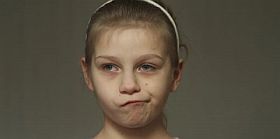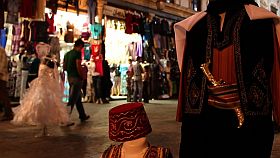


DOKLeipzig 2013
The easy solution for a blogger… to bring the brand new press release of a festival. On the other hand, this is an important festival and the attention it attracts from documentary film people around the world is significant and communicates the activitty of those, who have chosen to make documentary production their mission in life. It provides an inside look to a festival. Around 1750 documentaries to watch, bon appetit! Here it goes, the press release, in a slightly edited version:
Some 2,150 films from 110 countries have been submitted for this year’s 56th edition of the International Leipzig Festival for Documentary and Animated Film. “We are pleased that DOK Leipzig is continuing to attract films and filmmakers from around the world this year,” says festival director Claas Danielsen. “The scope and internationality of the entries show that documentary filmmakers are dealing with the pressing issues of the day. Their artistic representation needs a forum like DOK Leipzig, which offers the audience emotional access to the conflicts of our time and encourages the free formation of opinions.”
Approx. 1,750 documentaries, 330 animated films and 70 animated documentaries will be considered by the festival’s two selection committees in the coming weeks. Overall, the number of entries has declined considerably (previous year: 2,850), as the organizers have had to charge a modest submission fee for the first time. “We have no choice but to keep up with the
digitization of cinemas and the service expectations of our guests. We must therefore invest in the full digitization of the festival, as well as in a new, user-friendly ticket system,” Danielsen explains.
The 56th edition of DOK Leipzig will take place from 28 October to 3 November 2013. Around 85 films will be selected from among the entries to compete for the Golden Doves, the main awards at the festival, in the five competition sections. For the first time this year, a Golden Dove will be awarded for the best animated documentary. In 1997, DOK Leipzig was the first film festival in the world to introduce a programme with films from this innovative subgenre. In all, DOK Leipzig will showcase around 200 documentaries and 150 short animated films. The festival will also feature a number of special programmes and tributes. “STORM! Through the Short 20th Century in Eight Mass Movements” is the title of the retrospective dedicated to the aesthetics of resistance in documentary and animated films. The traditional country focus will be on Brazil – a country in profound upheaval. The programme will have a clear connection to 2012’s focus with films from Spanish-speaking Latin America.
Photo: The Machine Which Makes Everything Disappear, world premiere at DokLeipxig 2012, now an international hit, director: Tinatin Gurchiani

